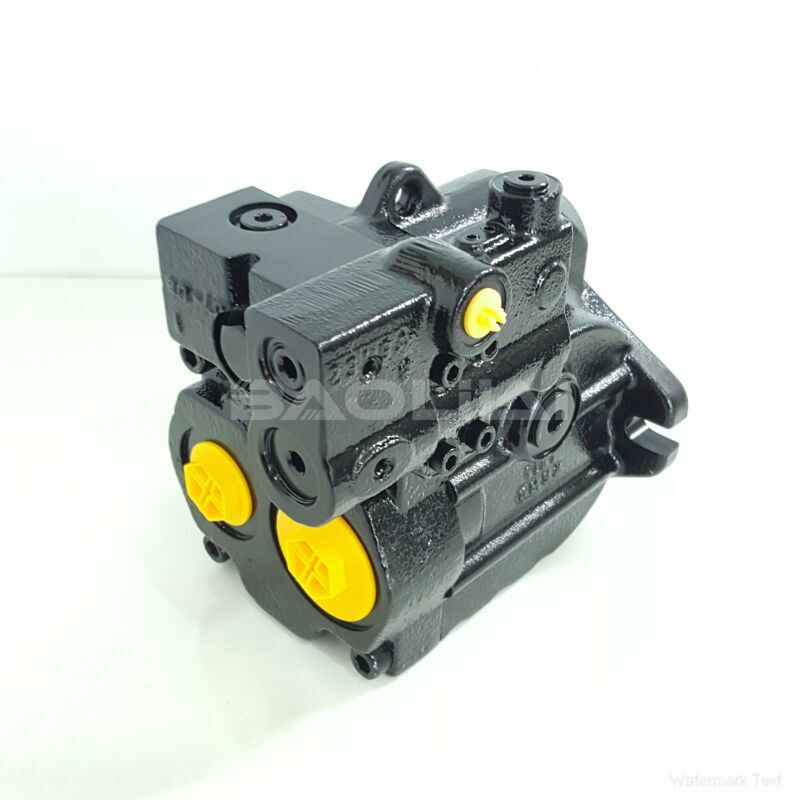KRR045DPC21NNNNN3T1TGA6NAAANNNNNN piston pump
KRR045DPC21NNNNN3T1TGA6NAAANNNNNN piston pump

- Product Details
- Applicable Scene
Hydraulic oil pumps play a crucial role in the effectiveness and efficiency of piling and drilling equipment used in underground construction. These pumps are responsible for generating the hydraulic power necessary to perform various tasks, such as driving piles and drilling boreholes. As the demand for efficient underground construction increases, the design of hydraulic oil pumps must keep pace with technological advancements and industry requirements. This article discusses the critical aspects of designing hydraulic oil pumps specifically for piling and drilling equipment.
KR-R-045D-PC-21-NN-NN-N-3-T1TG-A6N-AAA-NNN-NNN
KRR045DPC21NNNNN3T1TGA6NAAANNNNNN
One of the first considerations in pump design is the selection of the appropriate type of pump. Hydraulic pumps can be classified into several categories, such as gear pumps, vane pumps, and piston pumps. Each type has its advantages and disadvantages, depending on the application. For instance, piston pumps are often preferred for high-pressure applications found in piling and drilling due to their ability to generate significant pressure while maintaining efficiency.

7004230
A key design parameter is the pump’s flow rate, which needs to be matched to the operational requirements of the equipment. The flow rate determines how quickly hydraulic fluid can be delivered to the actuator systems, influencing the overall speed and productivity of the construction process. Engineers must conduct a thorough analysis of the equipment’s operational cycles to determine the optimal flow rate, ensuring that it provides sufficient power without causing cavitation or excessive wear in the hydraulic system.
Temperature management is another critical aspect of hydraulic oil pump design. During operation, hydraulic systems can become heated due to fluid friction and the mechanical energy involved in lifting and moving heavy loads. It’s essential to ensure the hydraulic oil remains within a specific temperature range to prevent degradation and maintain performance. Integrating cooling systems or selecting oils with better thermal stability can help manage temperature fluctuations effectively.
Material selection plays a vital role in the design process as well. Hydraulic pumps must be constructed from materials that can withstand high pressures and resist wear from hydraulic fluids. Additionally, components such as seals and bearings need to be designed for longevity and reliability under varying conditions, including exposure to harsh environments and contaminants present in underground construction.
Noise and vibration reduction are also important considerations in pump design. High noise levels can lead to increased discomfort for operators and might indicate inefficiencies within the hydraulic system. Implementing design features such as dampeners and vibration isolators can enhance the operational experience and reduce wear on components.





